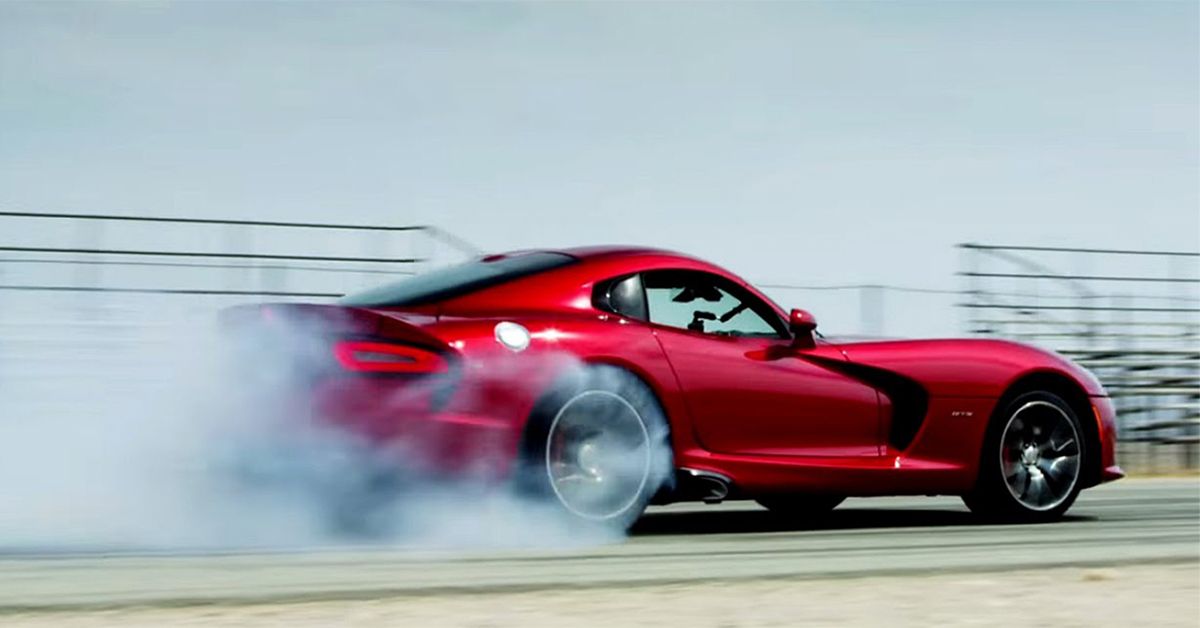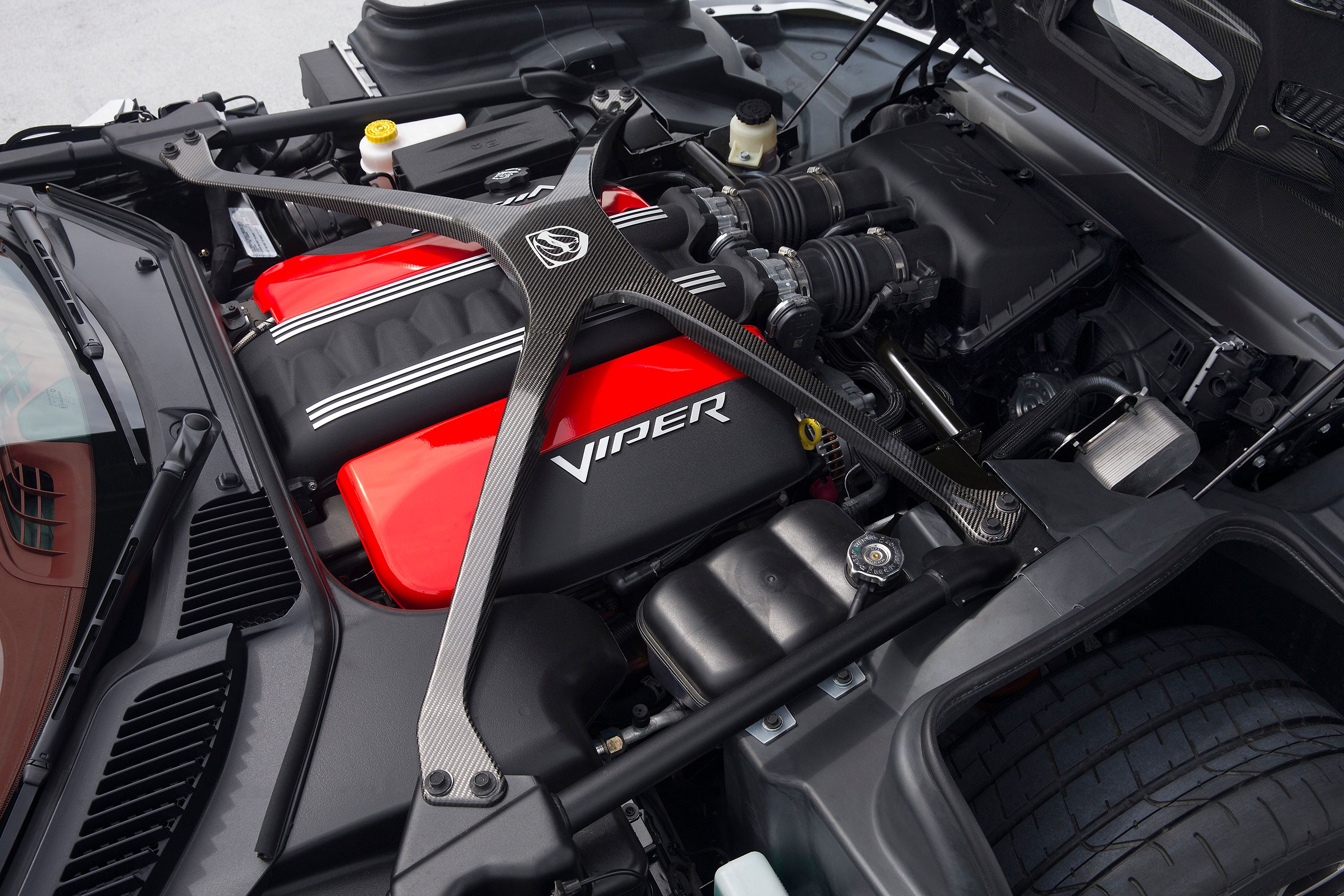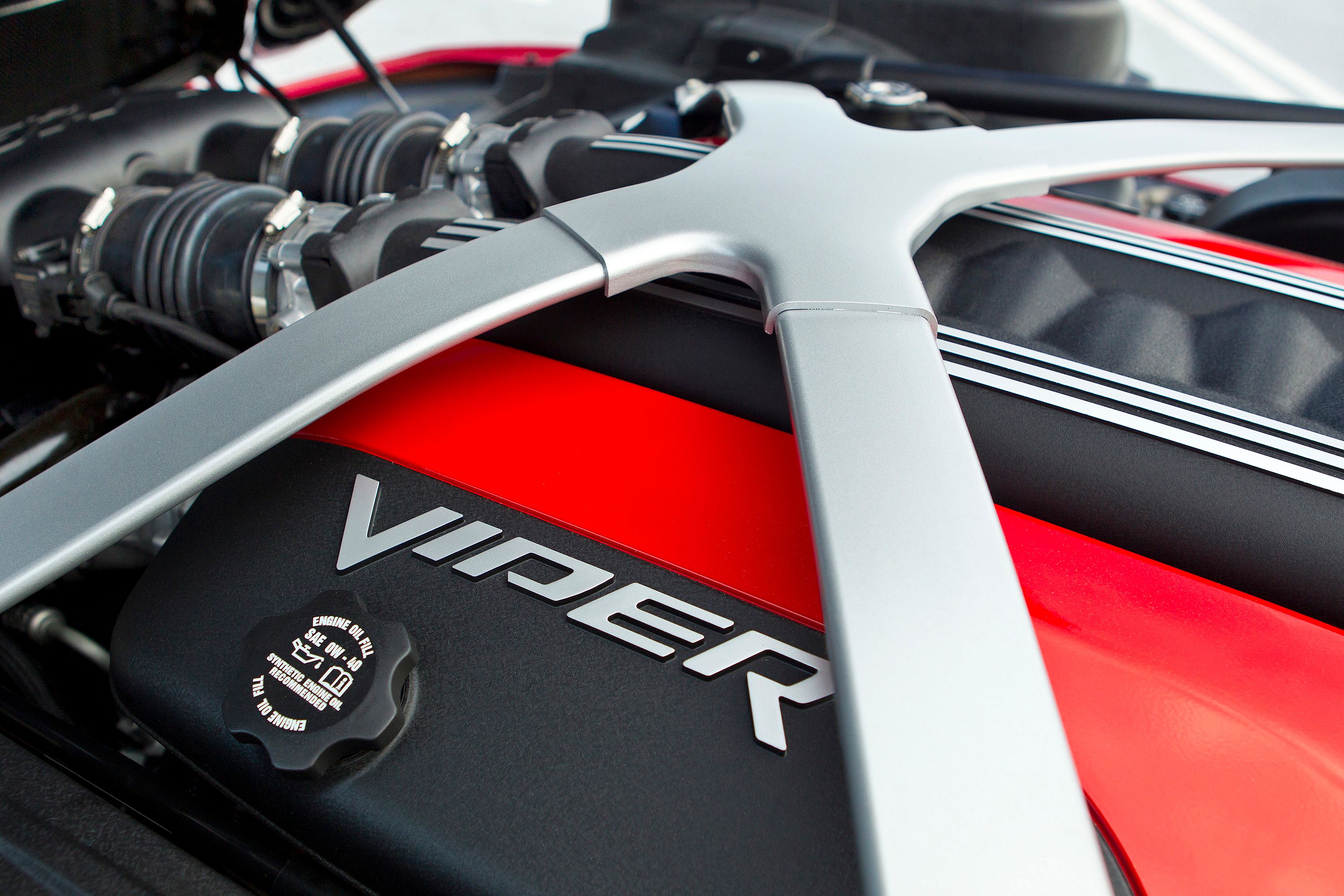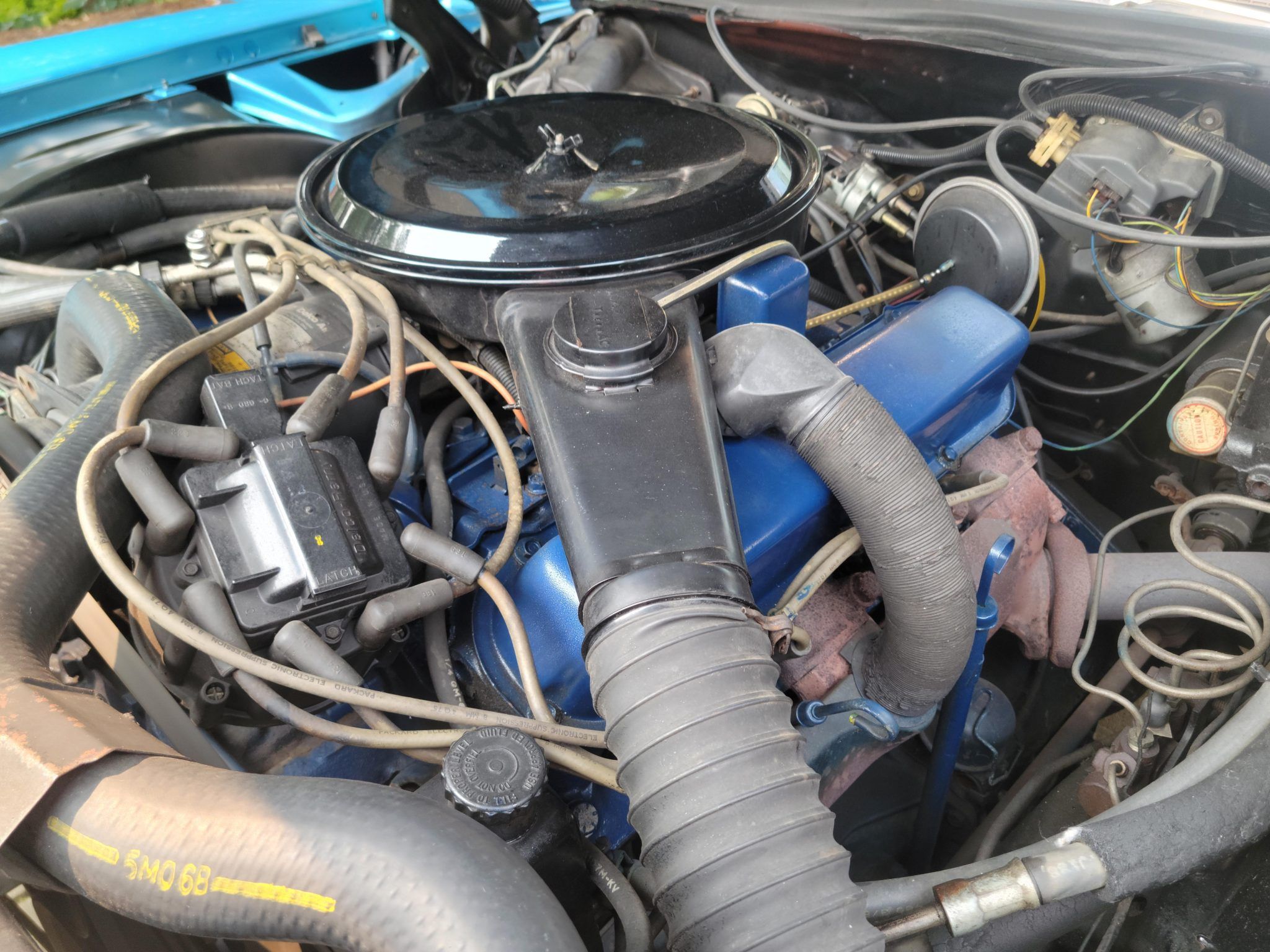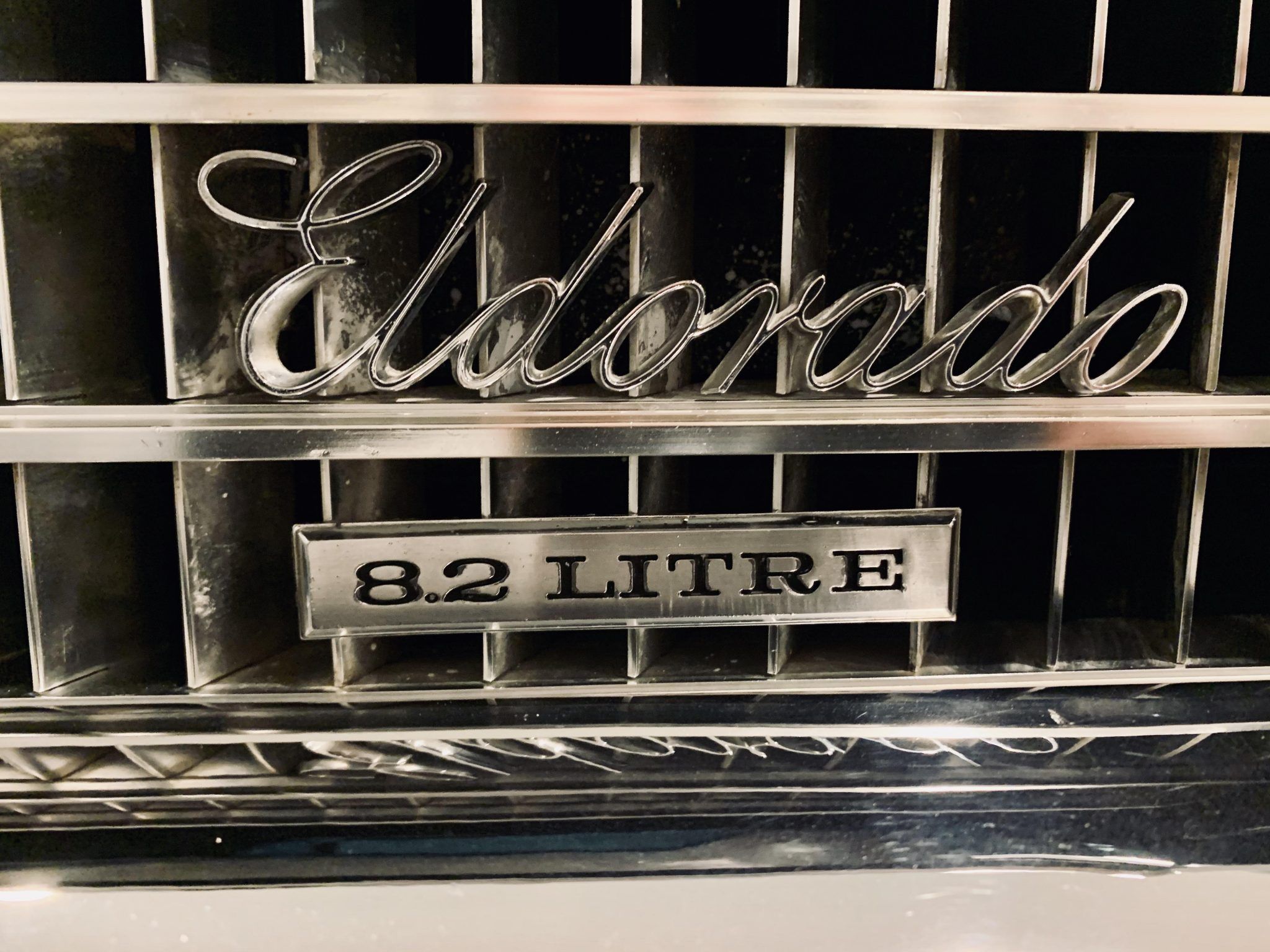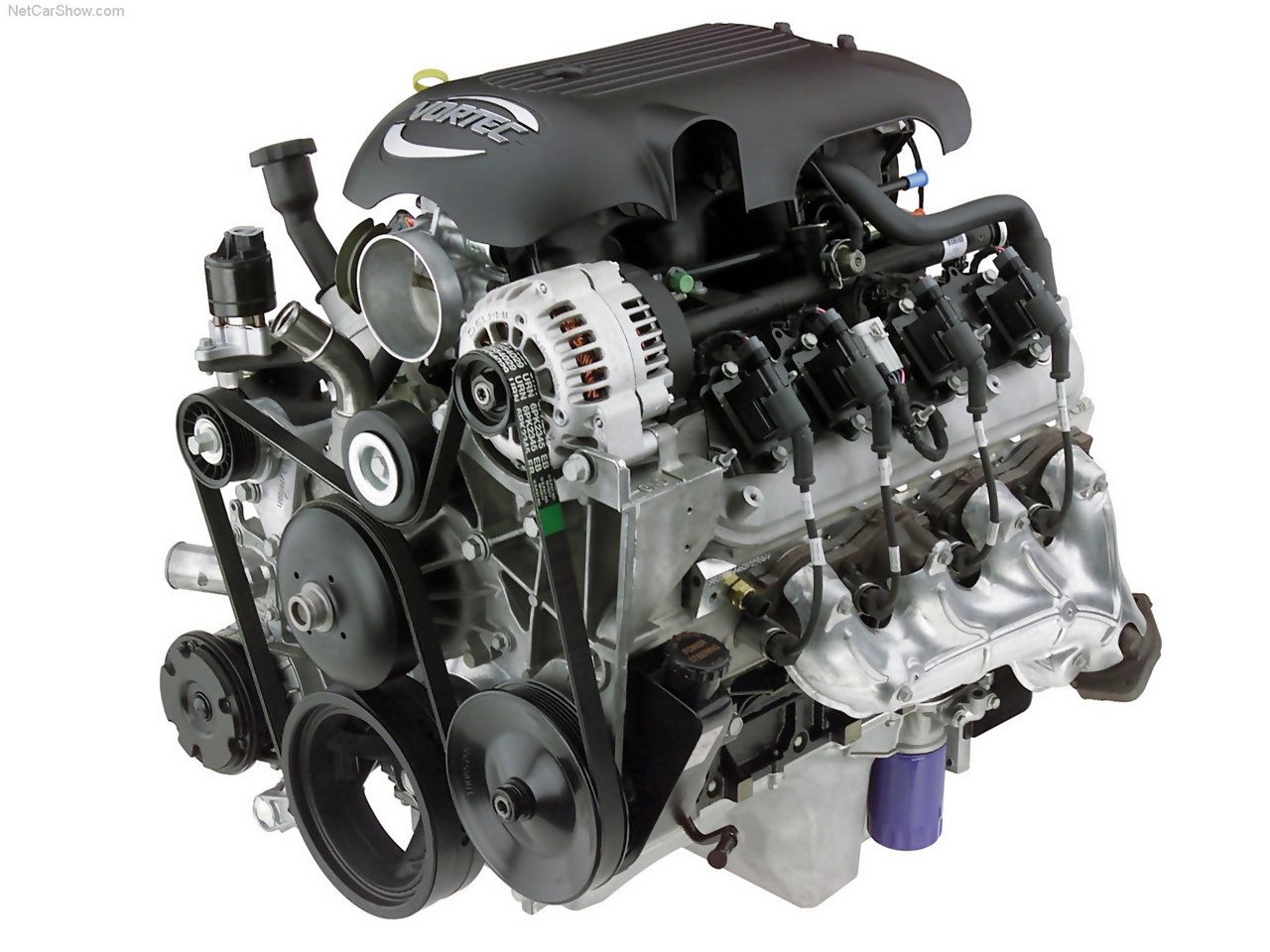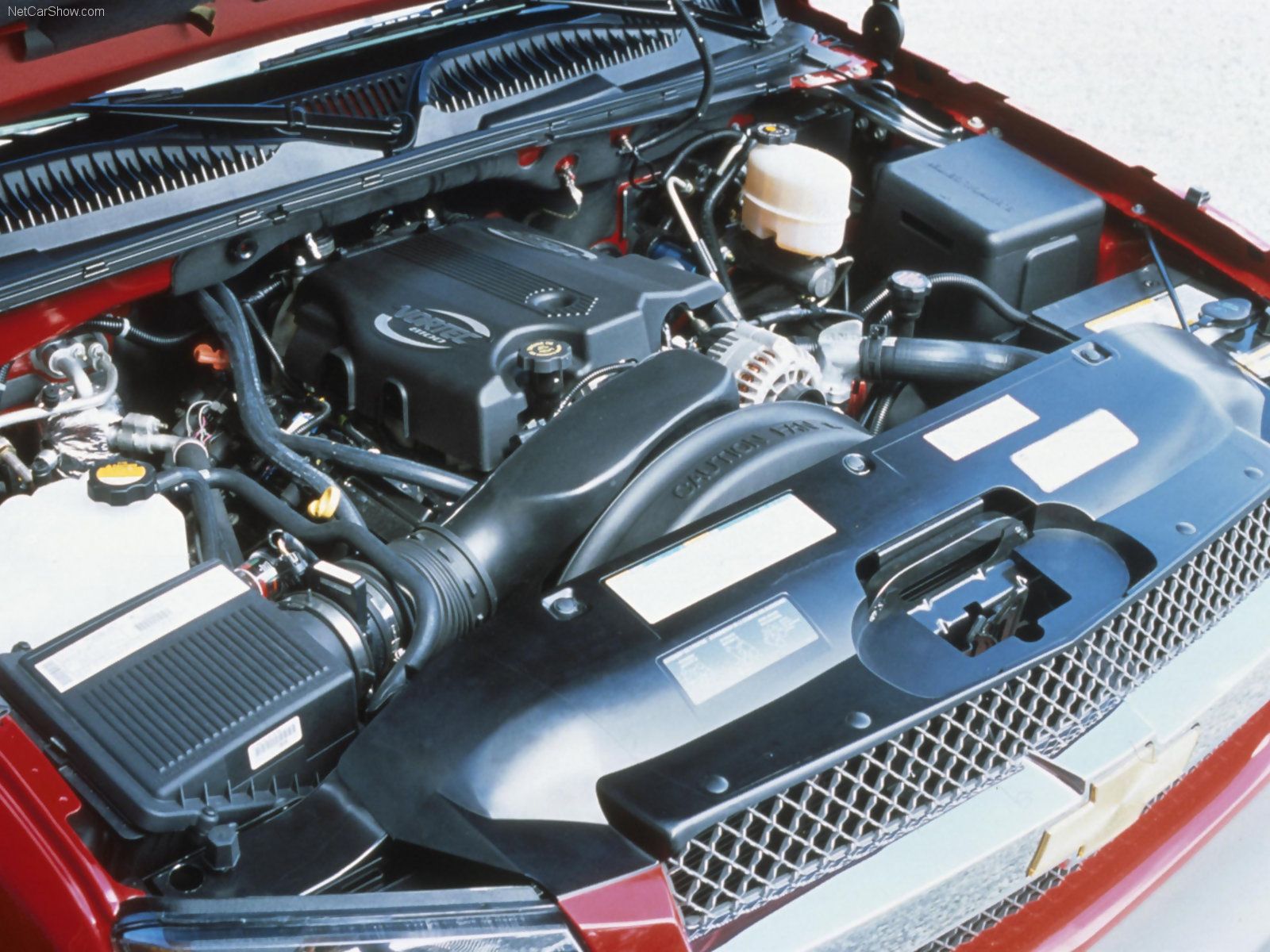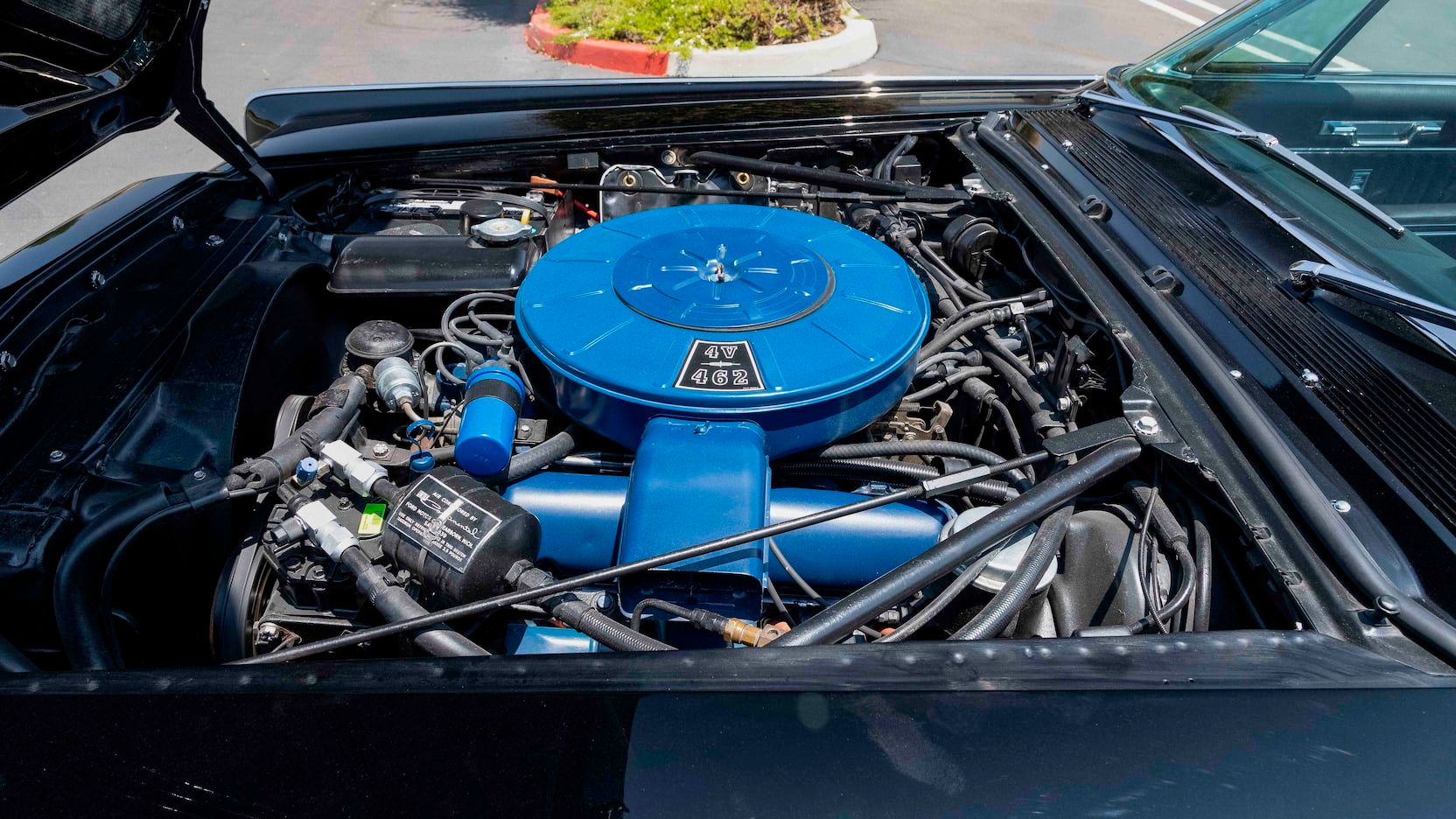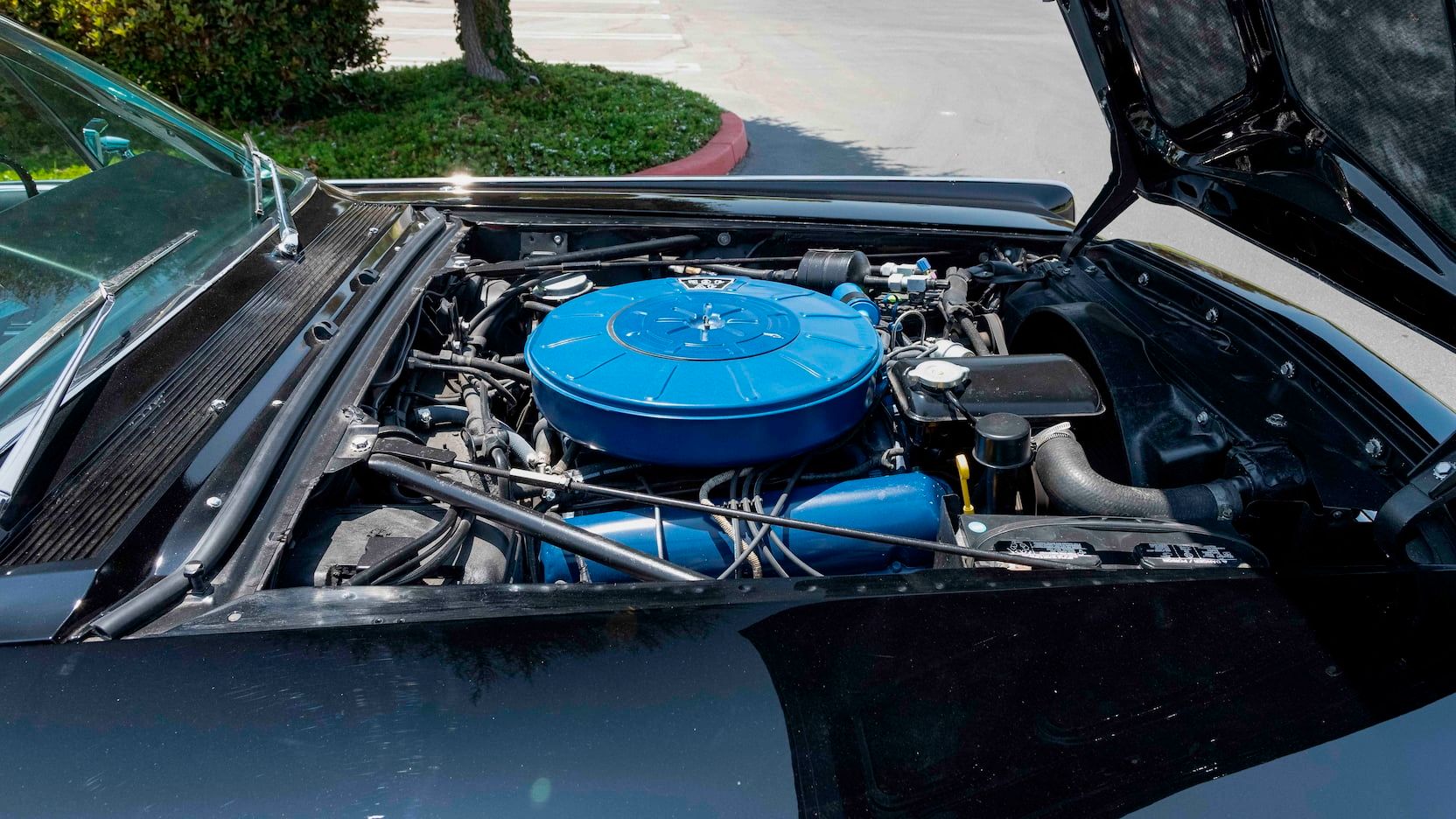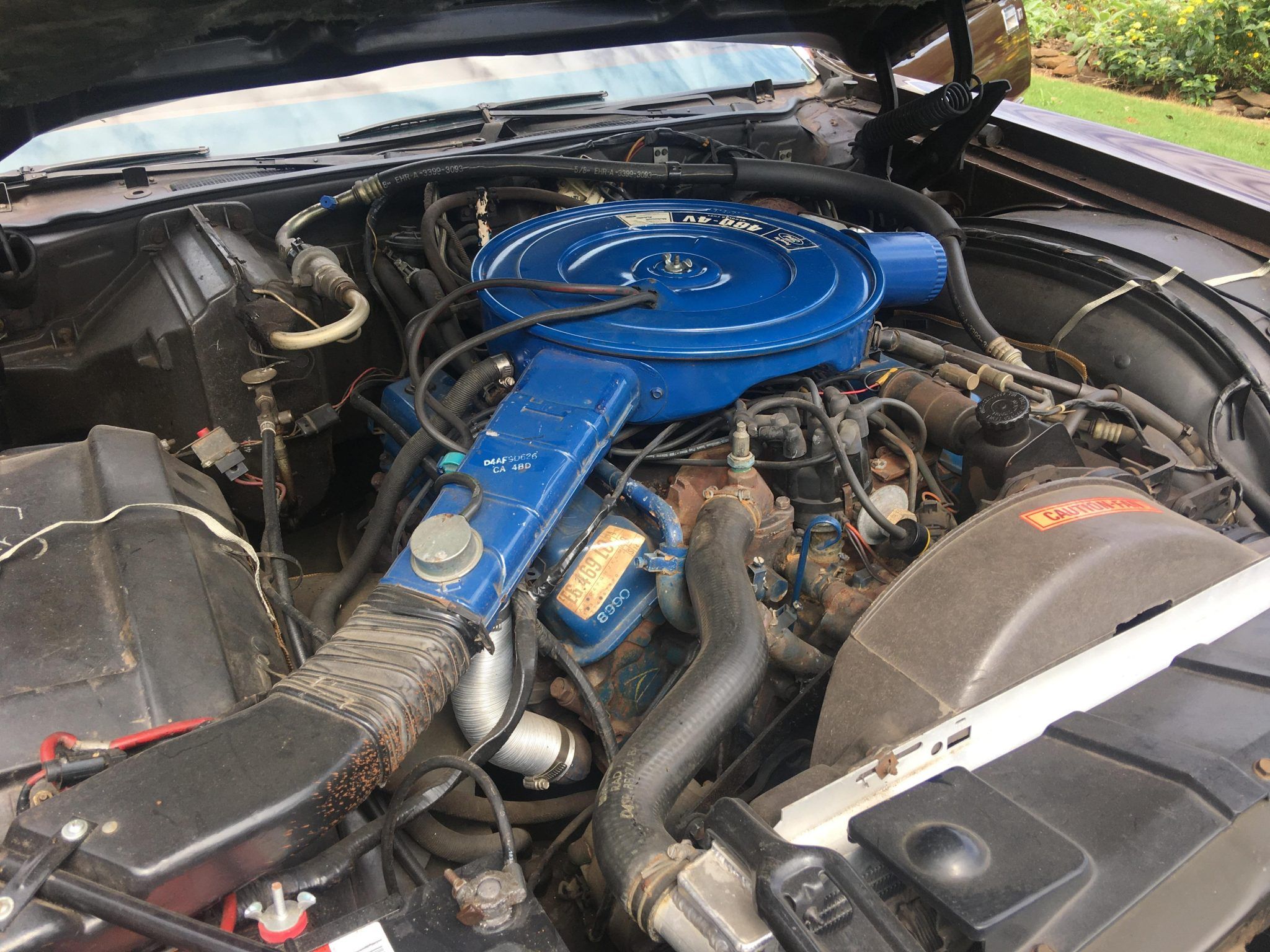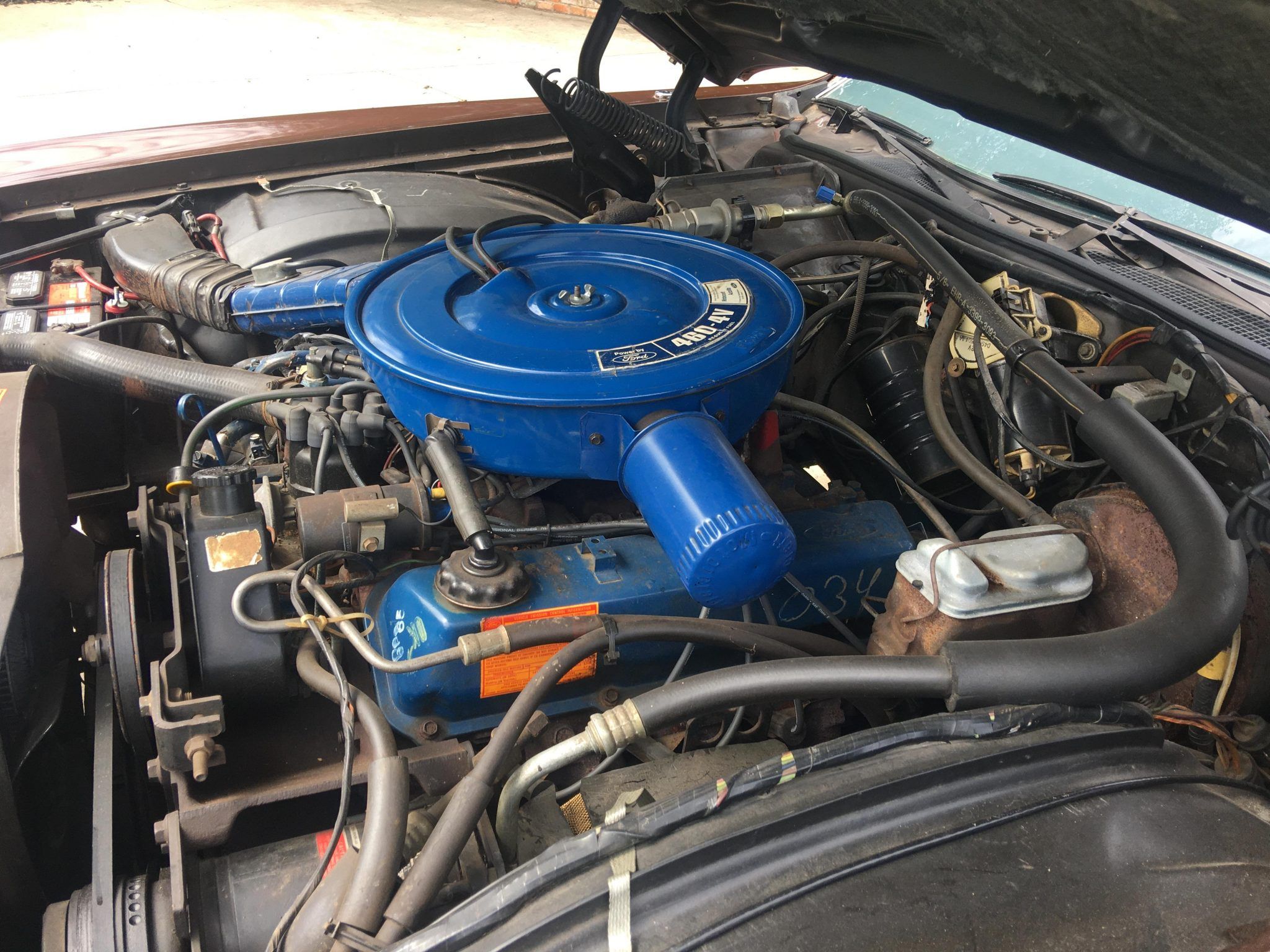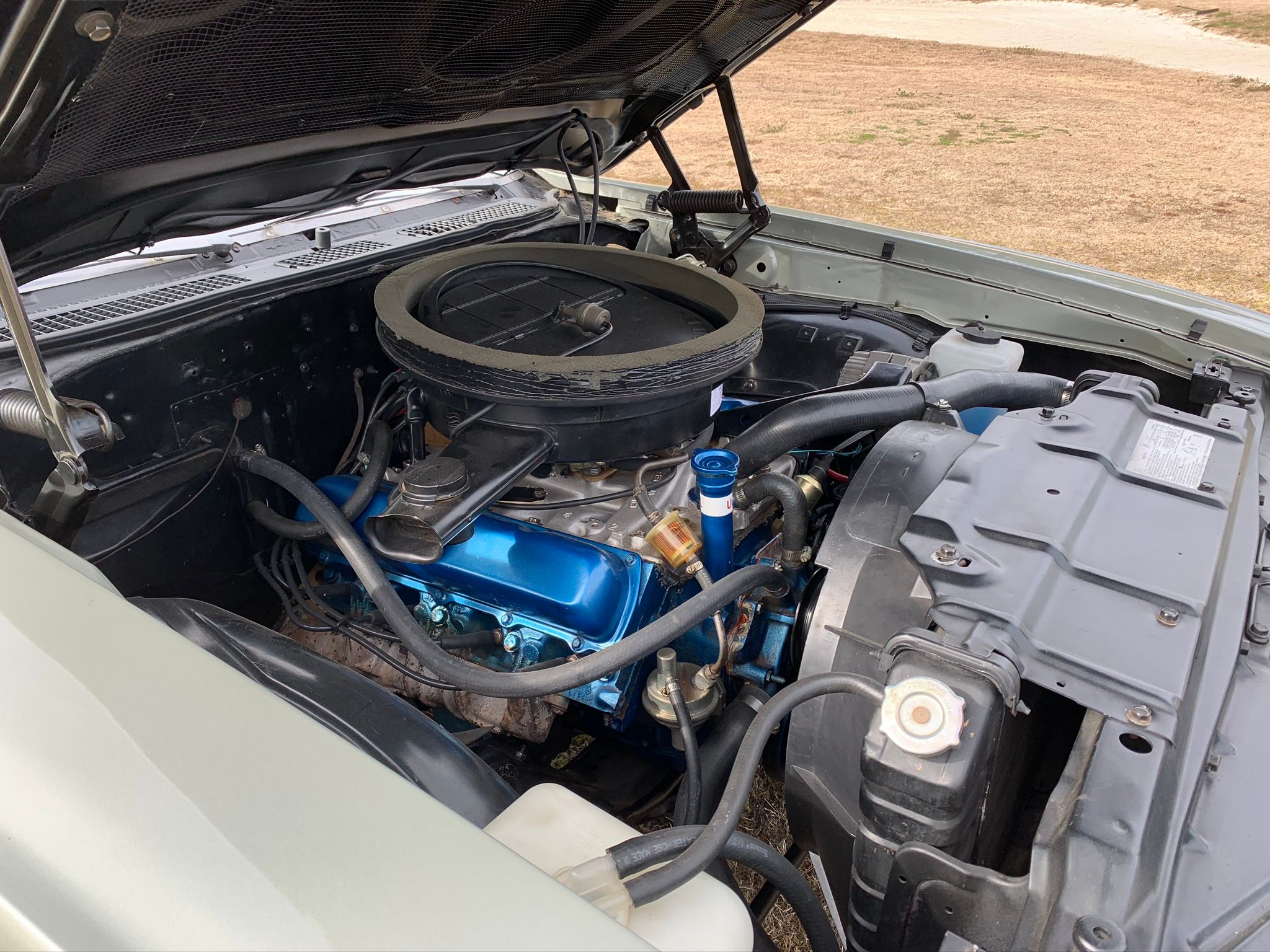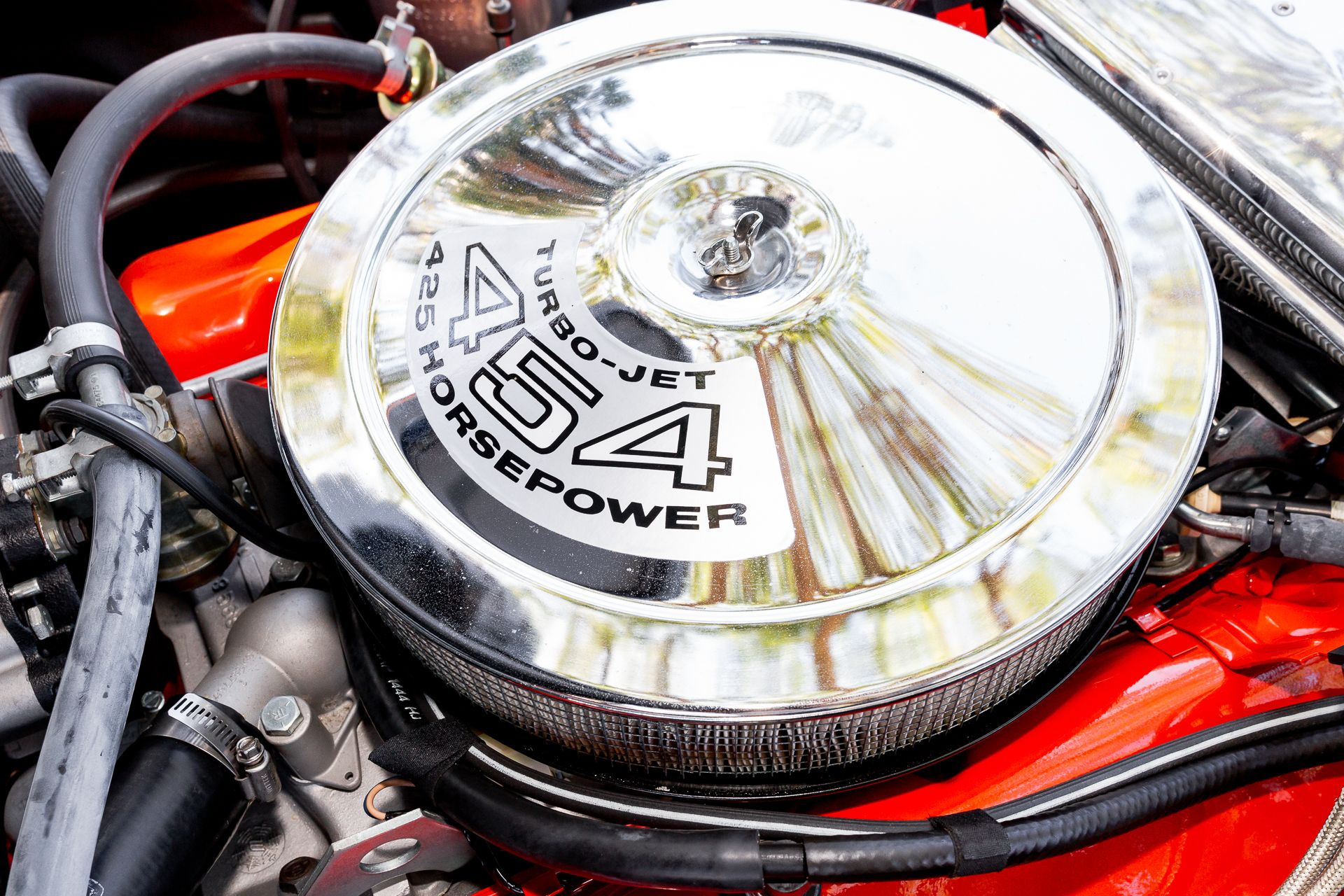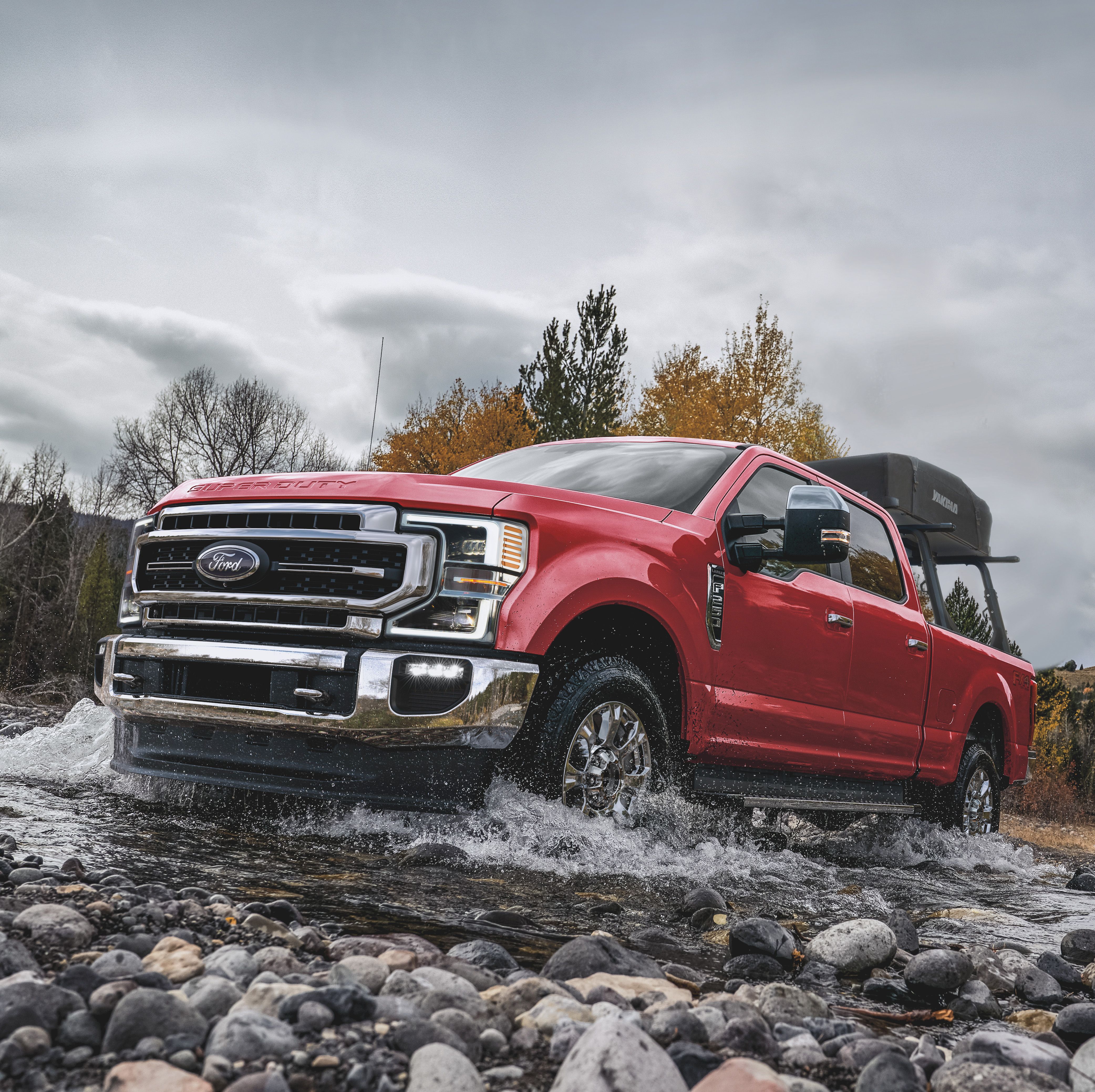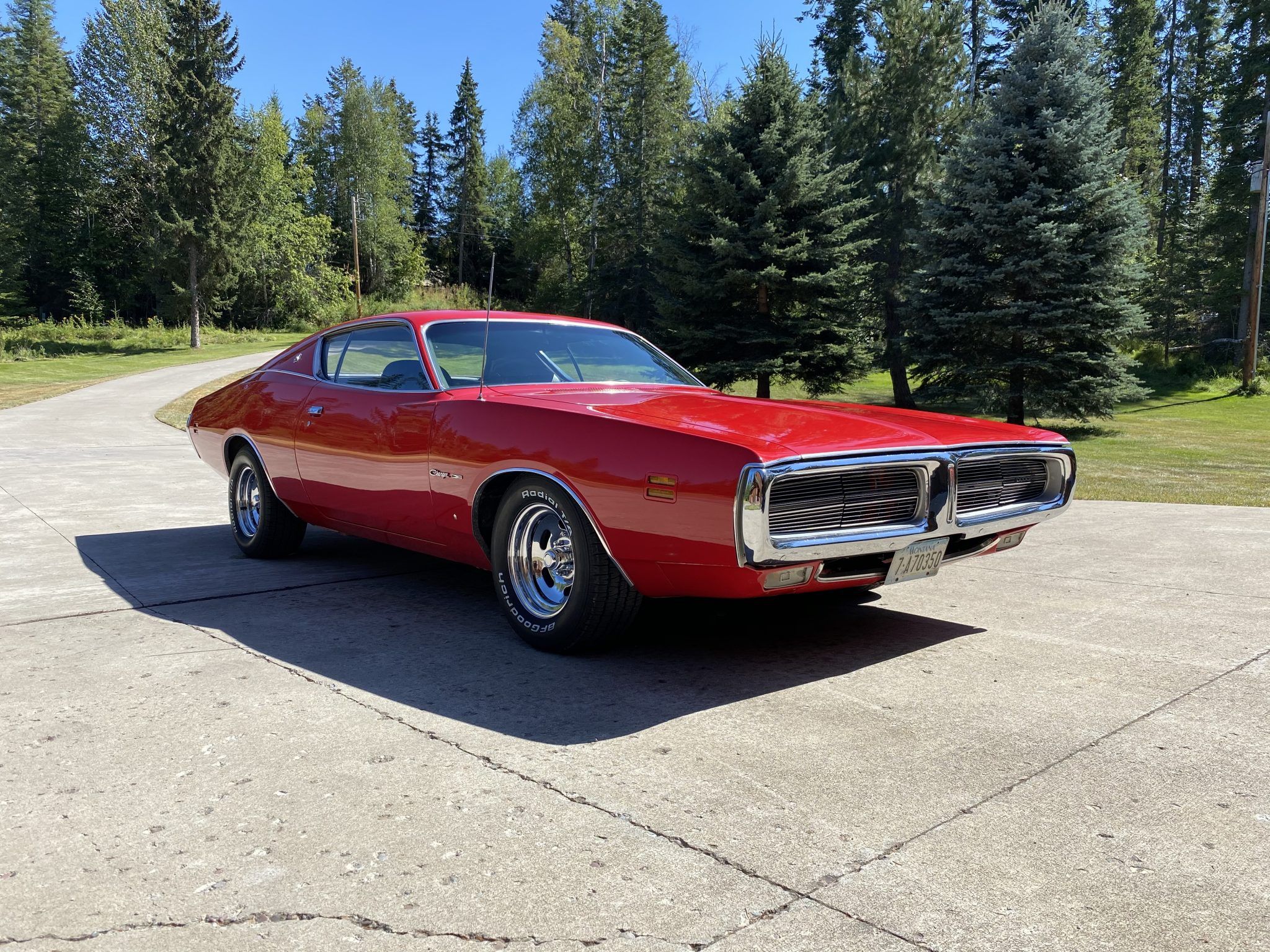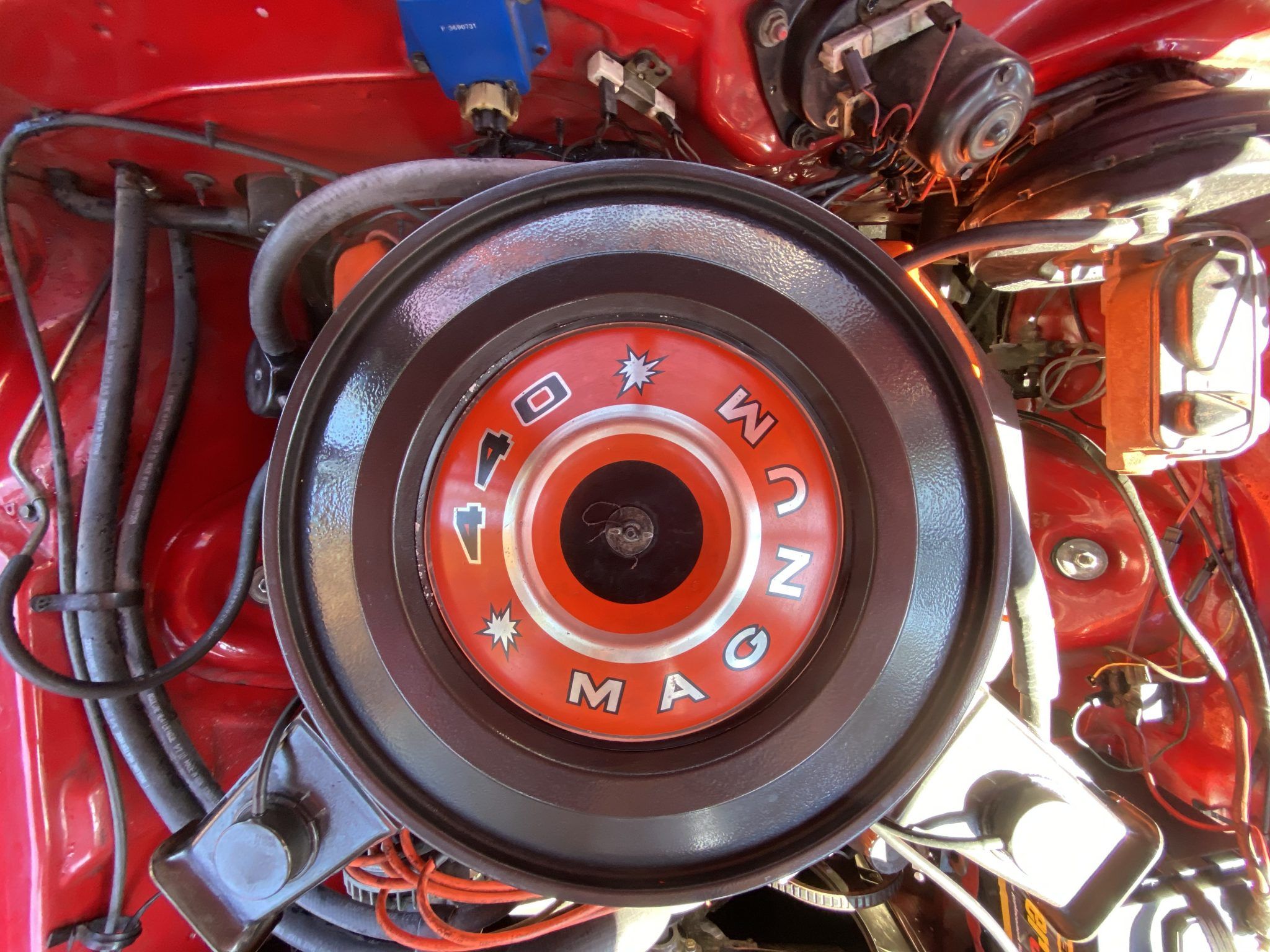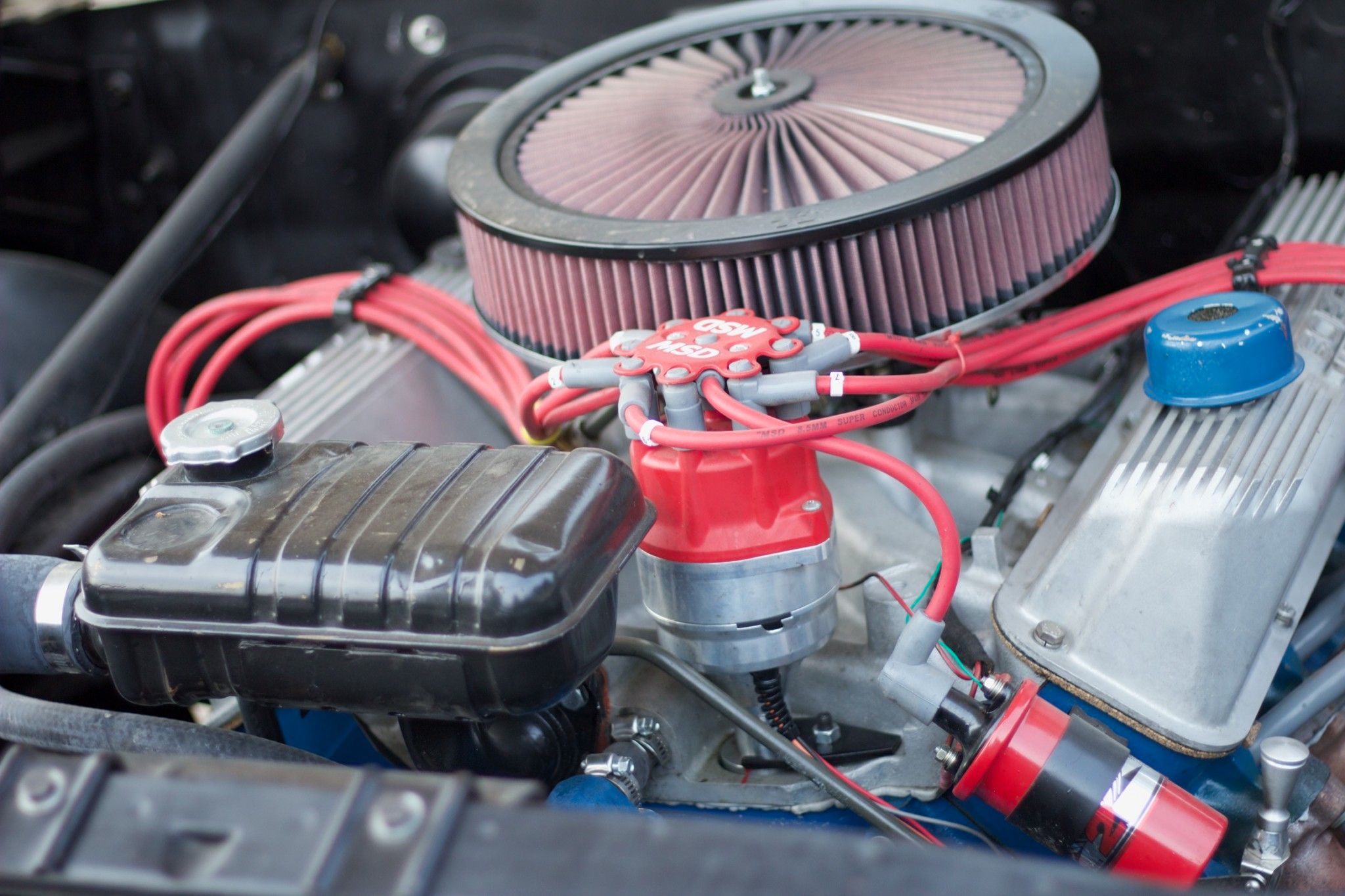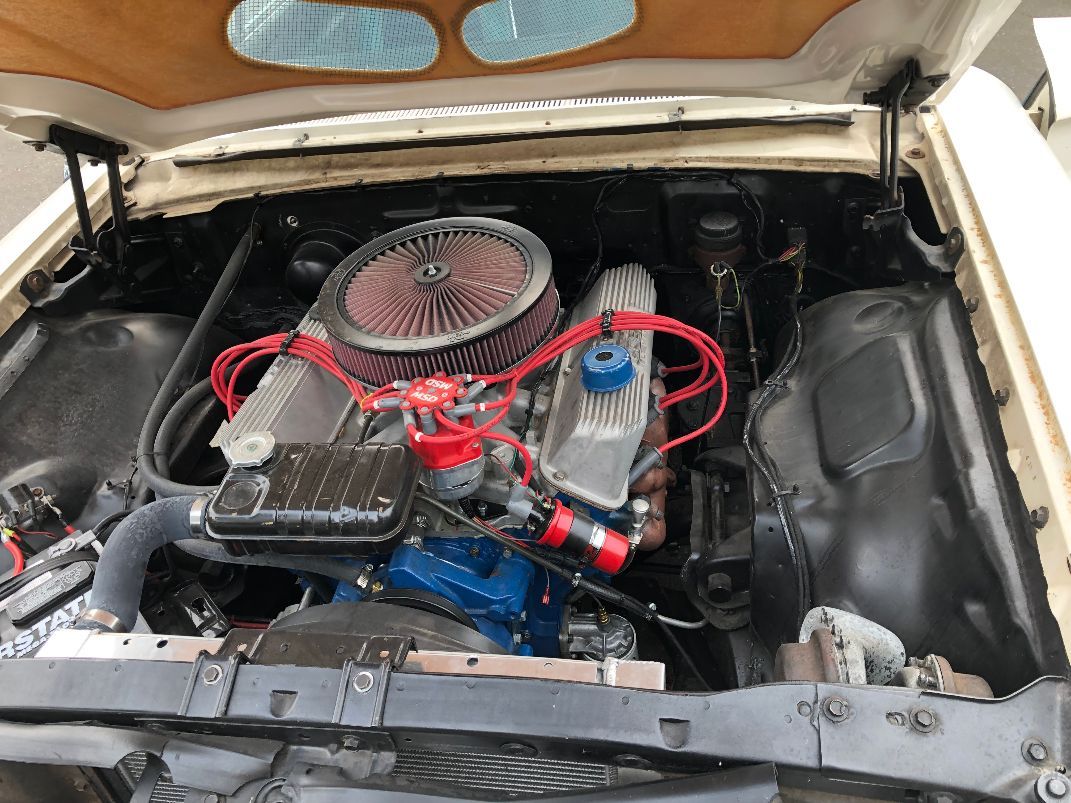During the last 20 years, the automobile industry underwent a lot of changes. We learned more about internal combustion engines, forced induction, how to make more powerful and efficient cars, and hybrids became more common. We even have viable electric cars. But this wasn't always the case. Not too long ago displacement was king, and depending on who you ask, it might still be. While we are long past the "there's no replacement for displacement" argument, a big engine still makes us dream.
While the turbocharged engines are cool, there's something special about a big, naturally aspirated engine that can't be replaced by the hyperefficient engines of today. It might be the sound, the instant torque, or something else, but most gearheads like a big engine, and this is especially true for Americans. In the land of the free, everything is bigger. These are the largest mass-produced car engines ever, and they prove that there's no replacement for displacement.
10 Dodge Viper VX I V10 - 8.4-Liter
Dodge Viper's last generation was one of the most interesting chapters of modern American cars. That chapter also included the biggest mass-produced engine on a car. A spiritual successor to the Shelby Cobra, a bigger engine was always better for the Viper, and the 8.4-liter V10 delivered every bit of the thrill it promised.
This engine produces 645 horsepower and 600 lb-ft of torque, one of the highest torque outputs for a naturally aspirated engine ever. While Dodge's Viper V10 saw use in Dodge Ram SRT-10 in its 8.3-liter form, the 8.4-liter was only used for last-gen Vipers. It proved that even after all these years, displacement was still king.
9 Cadillac 500 V8 - 8.2-Liter
Cadillac's largest engine was the 500 V8. In fact, it was the largest engine for a mass-produced vehicle, period. This 8.2-liter behemoth was first offered with the 1970 Cadillac Eldorado and was exclusive to that vehicle. This big engine was very powerful during its first few years, producing 400 horsepower and 575 lb-ft of torque. After 1975, this engine was standard in all Cadillacs except Seville, albeit with fewer horsepower.
The power output for the 500 decreased throughout its 6 years of production. So much so that in 1976, the same engine just produced 190 horsepower and 360 lb-ft of torque. Also, because of the oil crisis, cars with large engines were harder to sell, so the 500 became somewhat of a rarity. But today, people buy these engines to create mad builds.
8 GM Vortec 8100 (L18) - 8.1-Liter
Built to haul some of the largest vehicles GM produces at the time, Vortec 8100 had to be big, strong, and reliable. So, GM dusted off the 454 to modernize it. They kept the bore but bumped the stroke. This resulted in an additional 42 cu. in. of displacement. This was necessary because Ford and Chrysler were making their big engines to compete with the diesel engines. But 8100 was the biggest, and for a good reason.
During its 8 years of production, Vortec 8100 hauled giants like GMC Yukon XL 2500, GMC Sierra, Chevrolet Silverado, Chevrolet Kodiak, and Chevrolet Suburban. It also found use in marine, motorhome, and combat vehicles. While the power output was vehicle-specific, the highest horsepower was 340 with 455 lb-ft of torque.
7 Ford MEL 462 - 7.6-Liter
Ford's MEL engine family was developed to be used in Mercury, Edsel, and Lincoln cars. But mainly, it was created to be the beating heart of Ford's ambitious Edsel brand. Sadly, Edsel flopped very hard, and it took MEL engines with it. Today, these interesting engines are all but forgotten.
The biggest of the MEL bunch was the 462. 462 is the largest mass-produced consumer engine Ford ever produced. The production only ran for two years, and it was the standard engine for the Lincoln Continental through 1966 and 1968, and it produced 340 horsepower and 485 lb-ft of torque.
6 Ford "385-Series" 460 - 7.5-Liter
Ford replaced the big-block MEL engines with the 385 engines, also known as the Lima engines. They were produced in Lima, Ohio, between 1968 and 1998. For a while, it powered heavy land yachts as it was the perfect fit for cars like the Lincoln Continental, delivering very smooth power and acceleration. It produced a respectable 365 horsepower and 485 lb-ft of torque.
But after a few years of cruising in comfort, both in Mercury and Lincolns, Ford wanted the 460 to power its workhorses. In 1978, Ford stopped shipping the 460 with its passenger cars and continued to develop it for its trucks and vans. While the horsepower and torque numbers took a hit, the 460 was still a decent engine. In 1988, Ford introduced electronic fuel injection to the party and boosted the numbers to 245 hp and 400 lb-ft of torque.
5 Oldsmobile Rocket 455 - 7.5-Liter
Oldsmobile was the first GM brand to produce a 7.5-liter engine. While Buick and Pontiac joined the party within two years and made their respectable 455 engines, we will focus on the Rocket 455. It was introduced with the Hurst/Olds in 1968. It was the fruit of a special collaboration between Oldsmobile and Hurst Performance. The engine produced 390 hp and 500 lb-ft of torque.
Later on, Oldsmobile crammed the big-block 455 under the hood of every car they produced. This was what made the Rocket special. It was not uncommon to see wagons like Vista Cruiser with 455s under the hood. It also powered the Oldsmobile Toronado, the first FWD car in the US since Cord.
4 Chevrolet 454 Big-Block - 7.4-Liter
Chevrolet's 454 big-block is a versatile engine that powered anything from Corvettes to boats and everything in between. Debuting in 1970, you can still buy a 454 HO as a crate engine directly from Chevrolet. The power output is vehicle-specific but the most powerful one, the LS-7 version of the 454 produced at least 500 horsepower and 610 lb-ft of torque.
This cast-iron block goliath is very heavy but very durable. It also has great aftermarket support, parts availability, and a great potential for satisfying the need for speed. While there have been times Chevy used the 454 exclusively to power its trucks, it was born from racing and horsepower wars.
3 Ford Godzilla V8 - 7.3-Liter
While including Ford's Godzilla V8 in this list can be considered cheating, it is just too good to pass. While many Americans use the F-150 as daily drivers, this engine powers the E-Series vans and Super Duty pickup trucks, starting from the F-250. This engine is the newest engine on this list and has a pushrod design, which makes it physically smaller than most overhead cam Ford engines. So, you can use this engine to power cars like the fox-body Mustangs, which is why Ford selling the Godzilla as a crate engine too.
Godzilla is a monster engine with 7.3-liter displacement, variable valve timing, and enormous potential. It is smaller than the 5.0-Liter Coyote and with some simple mods, it can produce more than 600 horsepower with relative ease. But the best part is the durability. This engine is developed to be used in heavy-duty vehicles. So, while the performance is very high, maintenance is relatively low. While it's still early in its production run, we are very excited.
2 Chrysler RB 440 - 7.2-Liter
Chrysler's big-block is one of the most iconic engines of all time. It's the largest displacement V8 built by Chrysler and loved dearly by the fans of the American muscle. While it was often overshadowed by the magnificent Hemi, 440 is a wonderful engine in its own right.
Call it Super Commando or Magnum, but the 440 powered some of the most iconic golden-era muscle cars. A perfect mix of power, ease of use, and hassle-free ownership, the 440 found its way into Dodge Charger, Challenger, Daytona, Super Bee, Plymouth Barracuda, Road Runner, Jensen Interceptor, and many more.
1 Ford FE 428 - 7.0-Liter
Ford's FE V8's are among the most iconic engines the Blue Oval ever produced. After all, it was the 427 side-oiler that brought the victory to the GT40 in 1966 24 Hours of Le Mans. But the biggest engine of the family was the 428.
Ford build the 428 because the 427 was just too expensive and hard to produce, as the slightest mistakes in the production can lead to catastrophic engine failures. Ford used 428 FE to power Galaxies, Thunderbirds, some Mustangs and Mercury Cougars, Cobras, and the Mercury S-55.
Sources: GM Authority, Mac's Motor City Garage, Ford, Jalopnik, Motortrend

